Aquarium Algae Fish Feeding Pets Tips – Algae growth is a fact of life that every aquarium owner will face sooner or later. Some algae growth is normal and healthy, but excess algae growth is unsightly and can be hazardous to fish and plants.
What Causes Algae Overgrowth?
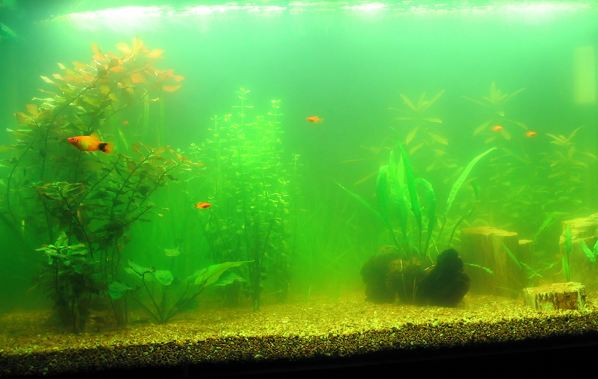
Like any plant life, algae thrive on sunlight, water, and nutrients. If an excess of any is available, algae will grow like wildfire, just like weeds growing in a garden.Obviously you can’t reduce the amount of water, in your aquarium, but you do choose how much light and nutrients are in the water.
Here are the common reasons for algae overgrowth.
- Lights left on too long
- Aquarium in a location with direct sunlight
- Overfeeding the fish water changes
- Using water with high nutrients
Avoiding Algae Overgrowth
Knowing the causes of algae overgrowth is the first half of the battle. Here is what you should do to avoid overgrowth.
Reduce Lighting – Don’t place the tank where there is direct sunlight, for even part of the day. Sunlight can, and will, promote algae growth. When using artificial light make sure it is not stronger than necessary, and is not on more than about eight hours each day. To ensure that, use a timer to turn the lights on and off each day. Feed Less – The majority of owners overfeed their fish, which increases the phosphate levels in the water. Feed small portions and watch the fish eat. If all the food isn’t eaten in five minutes, you are feeding too much. Always remove any uneaten food promptly.
Water Changes – The single most important way to avoid algae is to perform regular water changes. Change ten to fifteen percent of your aquarium water every week to keep nutrients in the water low.
Know Your Water – Test your water source. If it is high in phosphates, you should consider using phosphate removers or find another water source. It’s wise to also test for nitrates, as some water sources have elevated nitrates. It doesn’t do much good to change the water if you are adding nutrients!
Clean It Up – If you see algae beginning to grow on the glass, rocks, or other hard surfaces of the tank, remove it. Scrape the glass, remove rocks and scrub them, and vacuum the gravel when you perform water changes.Keep Live Plants – Live plants will use many of the nutrients that algae thrive upon. Fewer nutrients means there is less fuel for algae overgrowth.
Keep Algae Eating Fish – Keeping Siamese Flying Fox, Otocinclus, or even the common Plecostomus, will help reduce some of the algae in the tank.
Types of Algae
Already have algae in your aquarium, and need to get rid of it? Knowing the type of algae will help determine the cause and cure. Here are commonly seen algae types, and how to deal with them. For more information about a specific type, click on the link provided.
Brown, also known as Gravel or Silica algae. Common in new tanks, it will coat the tank in sheets, which are easily wiped off. It is usually harmless and will eventually go away as the tank matures.
Blue-Green, also known as Slime or Smear algae – Caused by excesses of nitrates and phosphates, this is actually not an alga at all. Instead, it is a cyanobacterium. It can spread rapidly and can cause considerable damage. Good water care will help, but if your water source has phosphates in it, you may have to use special treatments to remove the excess nutrients. Erythromycin is also effective against Blue-Green algae.
Red or Beard algae – This one is the toughest algae to get rid of, and usually appears on plants. A dip in a weak bleach solution (5 to 10%) for a few minutes will often kill this alga.
Green Water, also known as Algae Bloom – This is caused by growth of microscopic algae that are suspended in the water. It is one of the more frustrating types of algae to remove, as can’t be wiped or scraped off like other algae. Generally water changes are not effective, as the remaining algae will quickly grow back. Use of a diatomic filter, or completely blocking all light for several days is usually necessary to conquer green water.
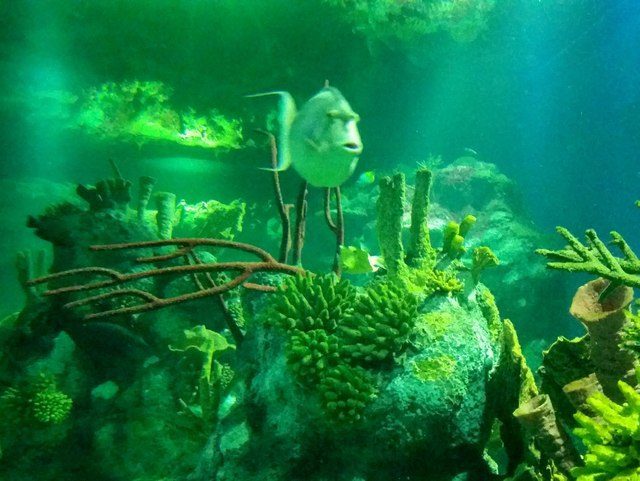
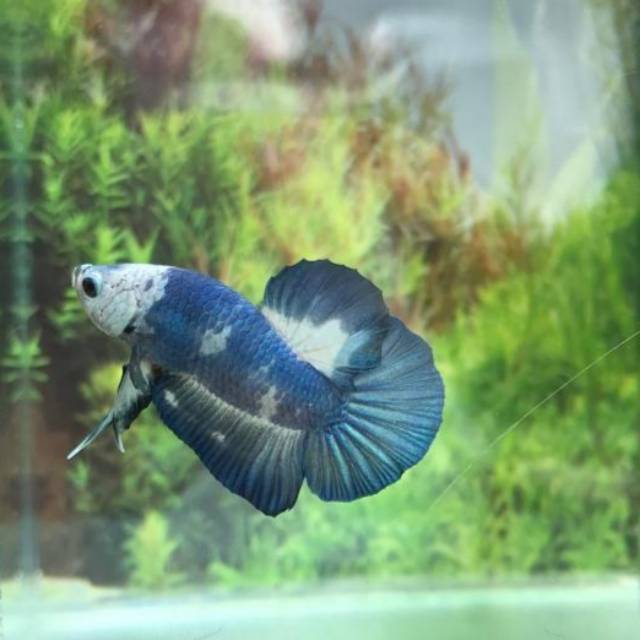
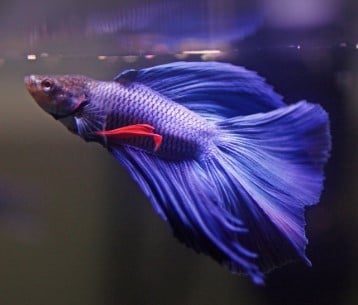
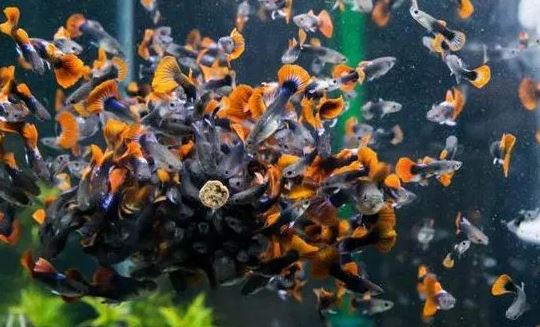
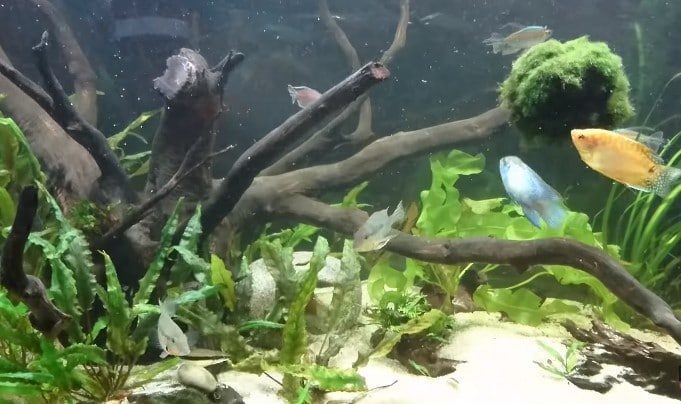
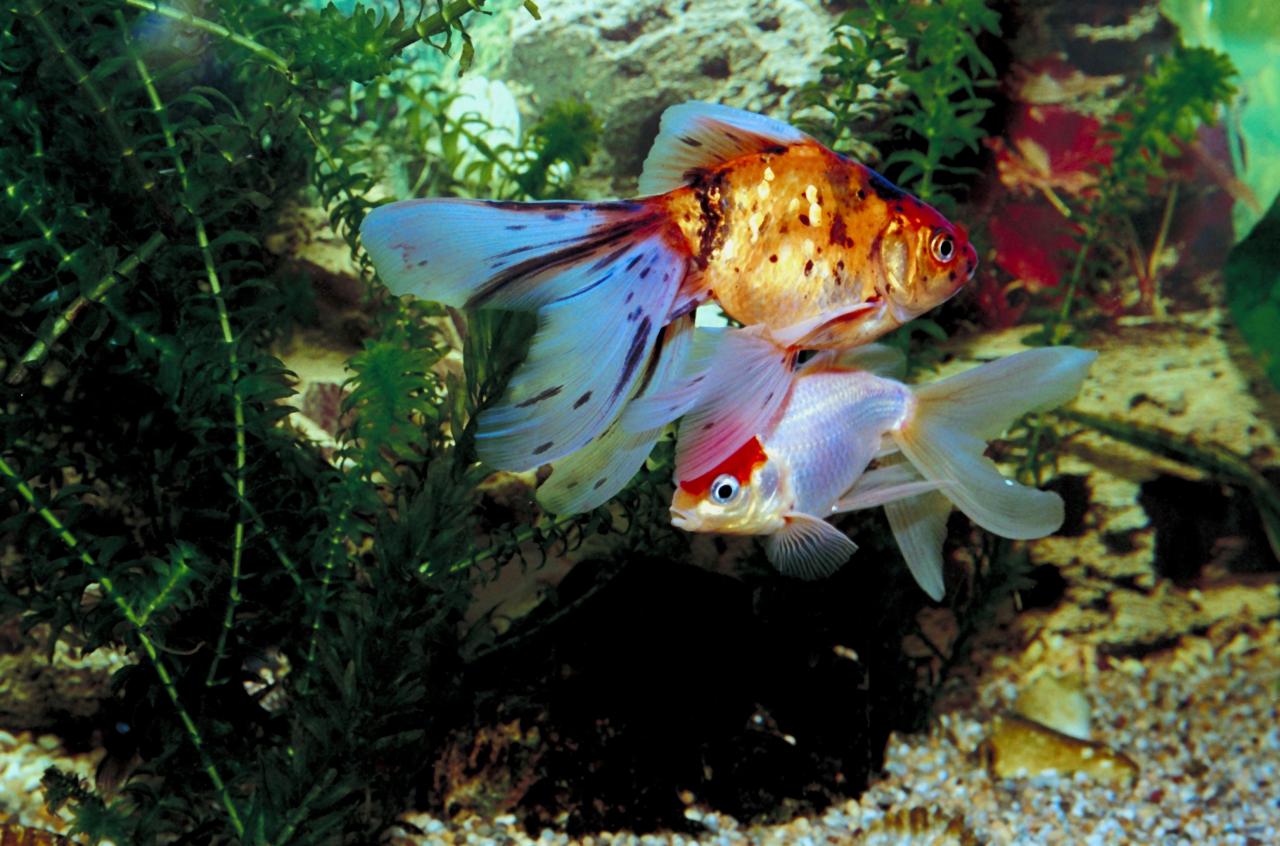
Comments
One response to “Aquarium Algae Fish Feeding Pets Tips”